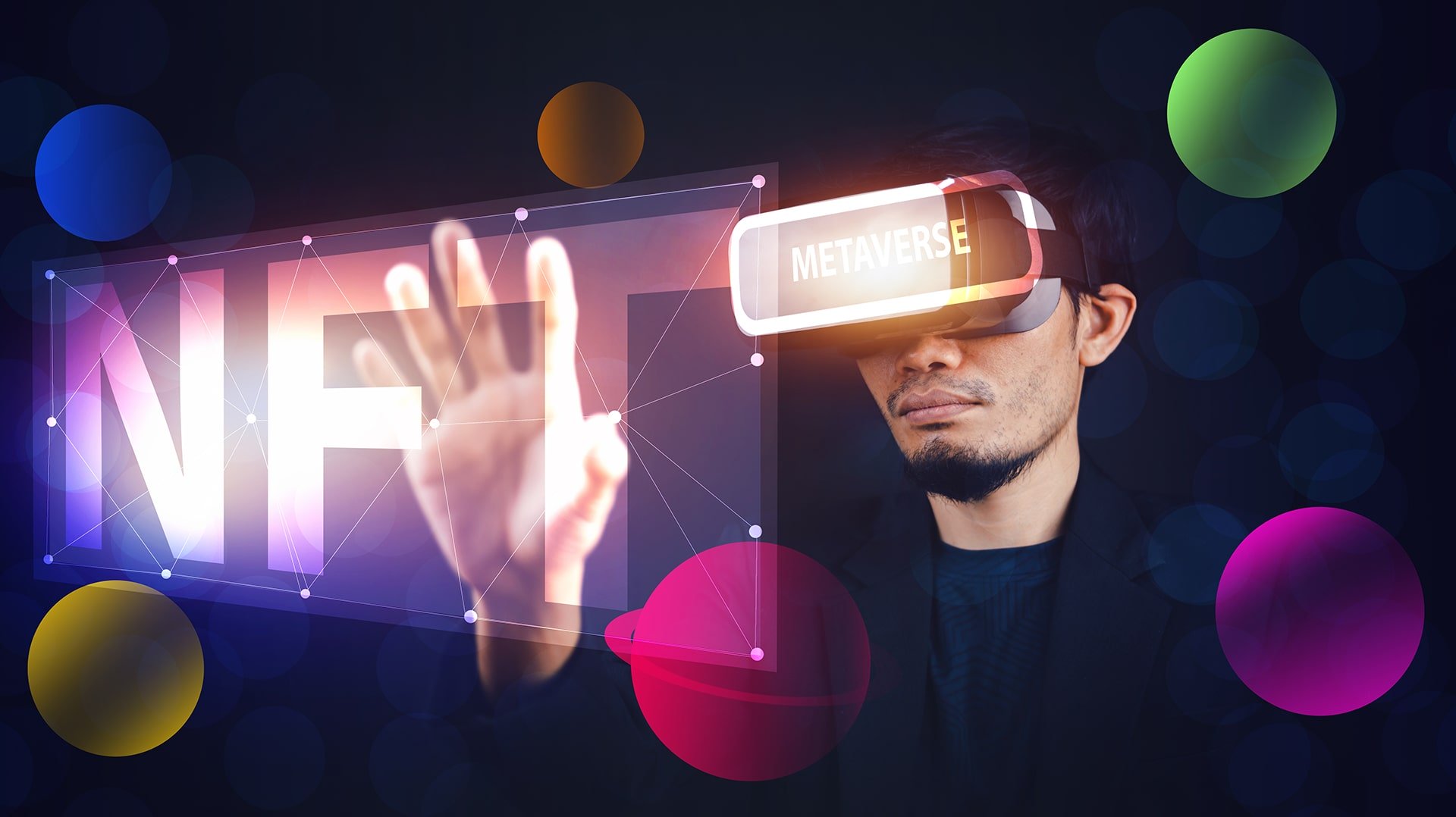
With the rapid development of Metaverse and NFT (Non-Fungible Token) technologies, a new asset category—Metaverse stock-type NFTs—is beginning to emerge conceptually. These NFTs combine traditional stock concepts with blockchain technology, offering investors new opportunities and forms of assets. This article will explore the future development of Metaverse stock-type NFTs from the perspectives of definition, technological foundations, market potential, application scenarios, and future trends.
What Are Metaverse Stock-Type NFTs?
Metaverse stock-type NFTs are blockchain-based digital assets that represent equity or rights in a project, company, or platform within the Metaverse. Unlike traditional stocks, these NFTs utilize blockchain technology to enable decentralized ownership records and transactions, characterized by transparency, immutability, and global liquidity.
For example, a Metaverse virtual real estate company could issue NFTs representing ownership or profit rights to virtual land, or a Metaverse gaming platform could issue NFTs granting players voting rights or profit-sharing rights in the game's economy.
Technological Foundations: Blockchain and Smart Contracts
The core technologies behind Metaverse stock-type NFTs are blockchain and smart contracts:
Blockchain Technology: Blockchain provides a decentralized platform for ownership records and transactions, ensuring transparency and security for assets.
Smart Contracts: Smart contracts can automatically execute operations such as dividend distribution and voting rights, reducing intermediaries and improving efficiency.
Cross-Chain Technology: In the future, cross-chain technology will enable asset interoperability across different blockchain platforms, further expanding the application scope of Metaverse stock-type NFTs.
Market Potential: New Models for Investment and Financing
Metaverse stock-type NFTs offer new investment and financing models for both investors and businesses:
From the Investor's Perspective:
Low-Barrier Investment: NFTs can be divided into smaller units, lowering investment thresholds and attracting more retail investors.
Global Market: Blockchain technology allows NFTs to be traded globally, breaking geographical barriers.
Diverse Assets: Investors can use NFTs to invest in various Metaverse assets, such as virtual real estate, gaming platforms, and social networks.
From the Business Perspective:
Decentralized Financing: Companies can raise funds by issuing NFTs, reducing reliance on traditional financial institutions.
Community Governance: NFTs can grant holders voting rights, promoting community governance and user participation.
Brand Value Enhancement: Issuing NFTs can strengthen a company's brand influence and user engagement.
Application Scenarios: Diversification of Metaverse Stock-Type NFTs
The application scenarios for Metaverse stock-type NFTs are vast, with several potential directions:
Virtual Real Estate: Virtual land and buildings in the Metaverse can be registered and traded as NFTs, allowing investors to purchase virtual real estate NFTs and earn rental income or asset appreciation.
Gaming Platforms: Metaverse gaming platforms can issue NFTs representing players' voting or profit-sharing rights in the game's economy. For example, players could use NFTs to participate in rule-making or share game revenue.
Social Networks: Metaverse social platforms can issue NFTs granting holders special social privileges, such as custom virtual identities or access to exclusive events.
Content Creation: Content creators in the Metaverse can raise funds by issuing NFTs, allowing fans to support creators and share in future earnings.
Corporate Equity: Real-world companies can issue Metaverse stock-type NFTs representing equity or profit rights, attracting global investors.
Future Trends: Long-Term Development of Metaverse Stock-Type NFTs
In the long term, Metaverse stock-type NFTs will exhibit the following development trends:
Asset Digitization: As the Metaverse becomes more widespread, an increasing number of assets, including stocks, real estate, and artworks, will exist as NFTs.
Integration with Decentralized Finance (DeFi): Metaverse stock-type NFTs will deeply integrate with DeFi, enabling asset抵押, lending, and trading services.
Cross-Platform Interoperability: The future Metaverse will break down platform barriers, enabling cross-platform data and asset interoperability, allowing users to freely transfer assets between different Metaverses.
Regulatory Standardization: As the market develops, countries will introduce relevant laws and regulations to standardize the issuance and trading of Metaverse stock-type NFTs, protecting investor rights.
Technological Innovation: Advances in blockchain, AI, and VR/AR technologies will provide stronger technical support for Metaverse stock-type NFTs, driving the expansion of their application scenarios.
Challenges and Risks
Despite the promising prospects of Metaverse stock-type NFTs, their development faces several challenges:
Technological Bottlenecks: Current blockchain and smart contract technologies need further improvement to support large-scale asset issuance and trading.
Market Speculation: The NFT market exhibits speculative behavior, with some asset prices inflated, requiring investors to carefully assess risks.
Regulatory Uncertainty: The regulatory policies for NFTs and the Metaverse remain unclear in many countries, potentially impacting market development.
Security Risks: While blockchain technology is highly secure, it is still vulnerable to hacking and technical vulnerabilities.
Conclusion
Metaverse stock-type NFTs represent the convergence of the digital economy and financial innovation, offering new opportunities for investors and businesses. As technology advances and the market matures, these assets will become a vital component of the Metaverse economy. However, their development also faces challenges in technology, regulation, and market dynamics. In the future, only through technological innovation, compliant development, and market education can Metaverse stock-type NFTs realize their full potential and drive the prosperity of the digital economy.

